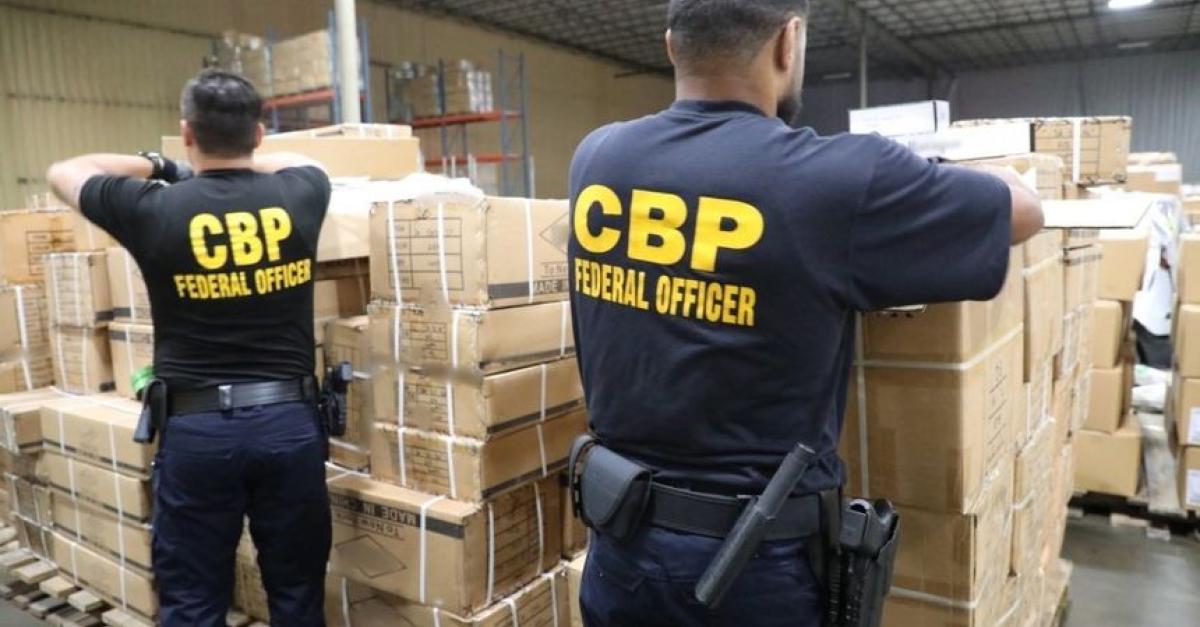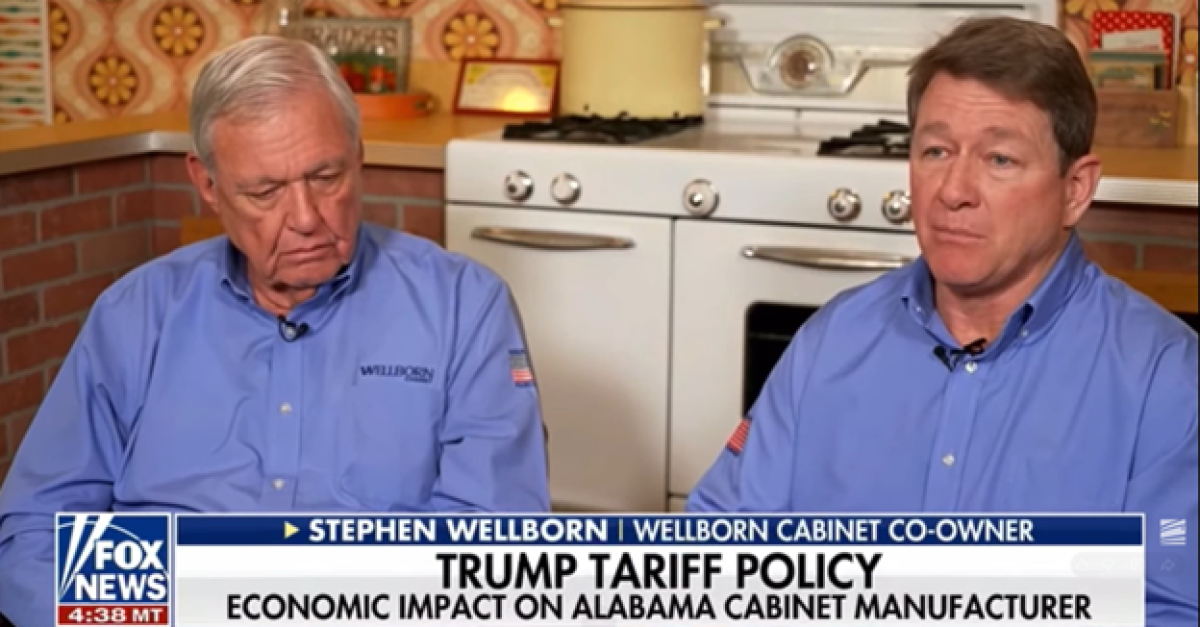The U.S. has mounted an aggressive crackdown on imports over concerns about Chinese forced labor, but the campaign is an opaque one, with little detailed data on which companies or sectors are being targeted.
U.S. Customs and Border Protection officials say they have blocked more than 2,300 shipments, using a new law intended to target forced labor-linked goods from China’s Xinjiang region, home to the Uyghur people and other minority groups. January alone saw 282 shipments stopped over forced labor concerns, according to Customs data.
China has rejected allegations that it uses forced labor in Xinjiang. But the law, which has been in force for about eight months, operates as a virtual ban on goods from the region, with exceptions made, in theory, if importers can persuade Customs that the goods in question aren’t tainted by forced labor.
Though senior officials have likened their enforcement push to high-profile U.S. endeavors to combat foreign bribery, the effort so far remains relatively mysterious to observers both in academia and industry.
“A lot of members they’re just overwhelmed with how to comply,” said Eugene Laney, president of the American Association of Exporters and Importers, a trade group that includes companies from many sectors among its members. “We just want to see more information sharing.”
This opacity—a lack of detail on whose goods are being stopped or why—has made it difficult to discern where exactly Customs officials might be focusing their attention. The stakes for companies can be high, because the law instructs Customs to bar goods with any ties to Xinjiang at any stage in their production, a type of “guilty until proven innocent” regime in the eyes of some industry observers.
Some supply chains can be many tiers deep, and companies, especially those that are less sophisticated, have found it challenging to trace the components in their merchandise back to their sources.
The law, known as the Uyghur Forced Labor Prevention Act, mandates that particular attention be paid to imports of products containing cotton, tomatoes and polysilicon—a component in solar panels.
Customs said in a statement that it is prohibited from naming the companies which are the ultimate beneficiaries of targeted shipments.
“Since the UFLPA came out, there’s not really been much from CBP publicly on why certain companies’ goods or commodities are being detained,” said Kit Conklin, a former U.S. official who now works at Kharon, which helps companies identify forced labor risk in supply chains. “CBP and industry would both benefit from a bit more open dialogue.”
Mr. Conklin said that Customs could consider following the lead of the U.S. Treasury Department, which publicly shares specific details about sanctions violations. Compliance officials turn to those sorts of announcements for risk insights, he said.
But Customs has shied away from giving attention to specific cases, instead touting its efforts in aggregate.
Some companies importing goods only learn that their merchandise has been targeted when Customs detains a shipment stateside, said Luciano Racco, co-chair of the international trade and national security practice at law firm Foley Hoag LLP.
“There was no advance notice at all,” he said.
Customs is working hard, but additional information could help companies know where they might be crossing the line, said Laura Murphy, a professor of human rights and contemporary slavery at the U.K.’s Sheffield Hallam University.
Though many companies view the forced labor issue as centered on a few sectors, China has invested to expand many industries in Xinjiang, she said. Congress recently cited research by Sheffield Hallam in opening an inquiry into car makers over their alleged use of metals, batteries, wiring and wheels from Xinjiang.
Tomatoes, cotton and polysilicon-based products have been identified as high risk under the UFLPA, Customs said. The agency can’t disclose additional details about detaining specific goods under the UFLPA because it is “law-enforcement-sensitive and business confidential information,” a spokesman said.
“To identify commodities subject to UFLPA, CBP employs a risk-based approach to enforcement that prioritizes action against the producers of highest-risk goods based on an ever-changing data and intelligence environment to prevent goods made from forced labor from entering U.S. commerce,” Customs said. The agency added that it is “committed to transparency” and is developing an interactive web-based tool to provide forced labor enforcement statistics.
In any new enforcement regime, there is an “iterative process” of figuring out how the law ends up being enforced, said Luis C.deBaca, who helped lead the U.S. fight against forced labor in the Obama administration and now teaches law at the University of Michigan.
“That’s just kind of what happens in enforcement regimes,” he said. “But in the early stages of them, the energy is much more around…figuring out which cases to do, figuring out how to do those cases and then doing it. And I think that’s where we are right now.”
A government task force is also working to add companies to what is known as the UFLPA entity list, an official roster that designates companies known to produce goods using forced labor, said Therese Randazzo, director of the forced labor division at Customs. Ms. Randazzo made her remarks at a panel discussion hosted Wednesday in connection with an Organization for Economic Cooperation and Development forum.
But she cautioned that there are serious compliance challenges for businesses with supply chains that trace to China.
“It is almost impossible to do adequate due diligence, from our perspective, in China in general,” Ms. Randazzo said.
Published in the Wall Street Journal, Feb. 16



